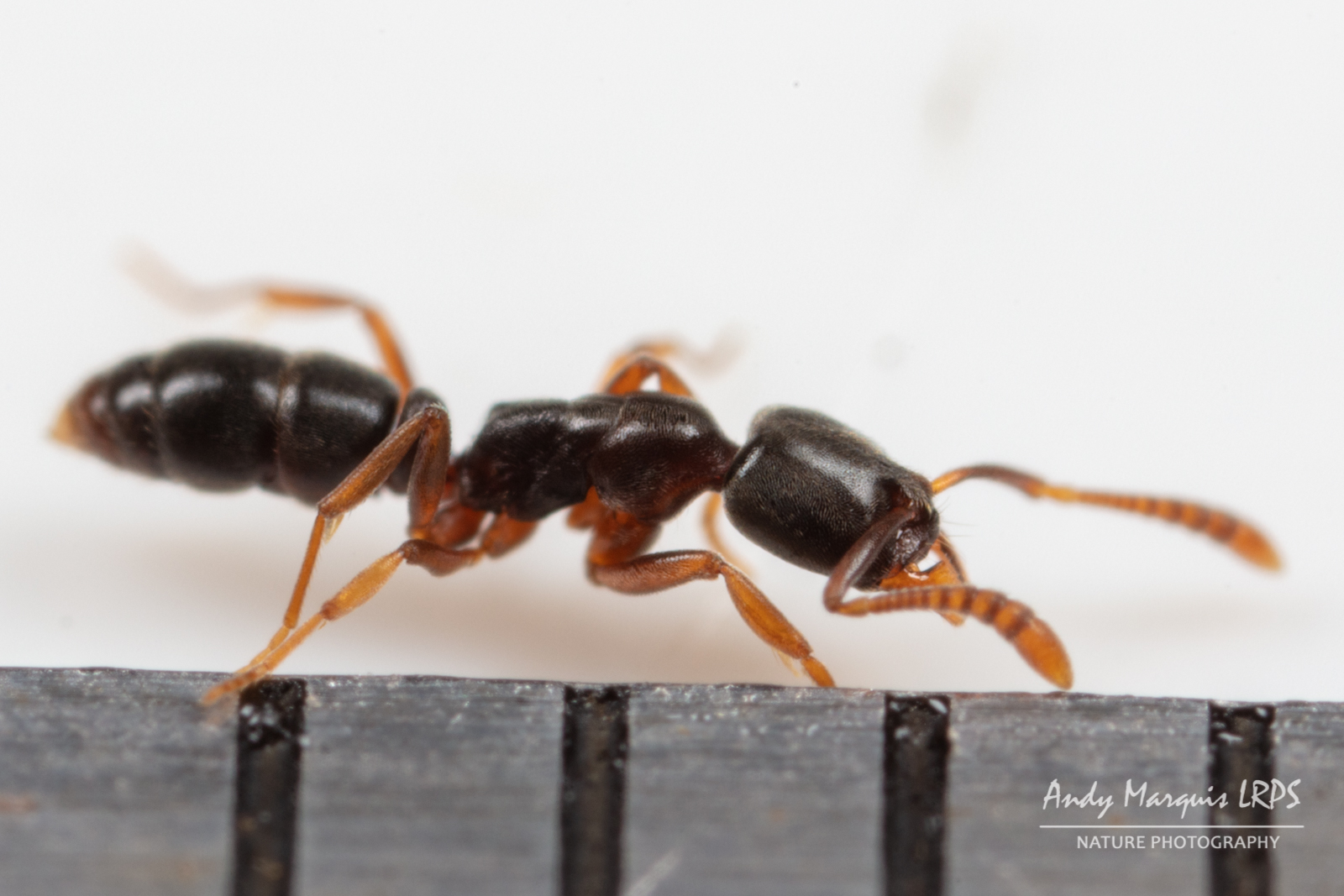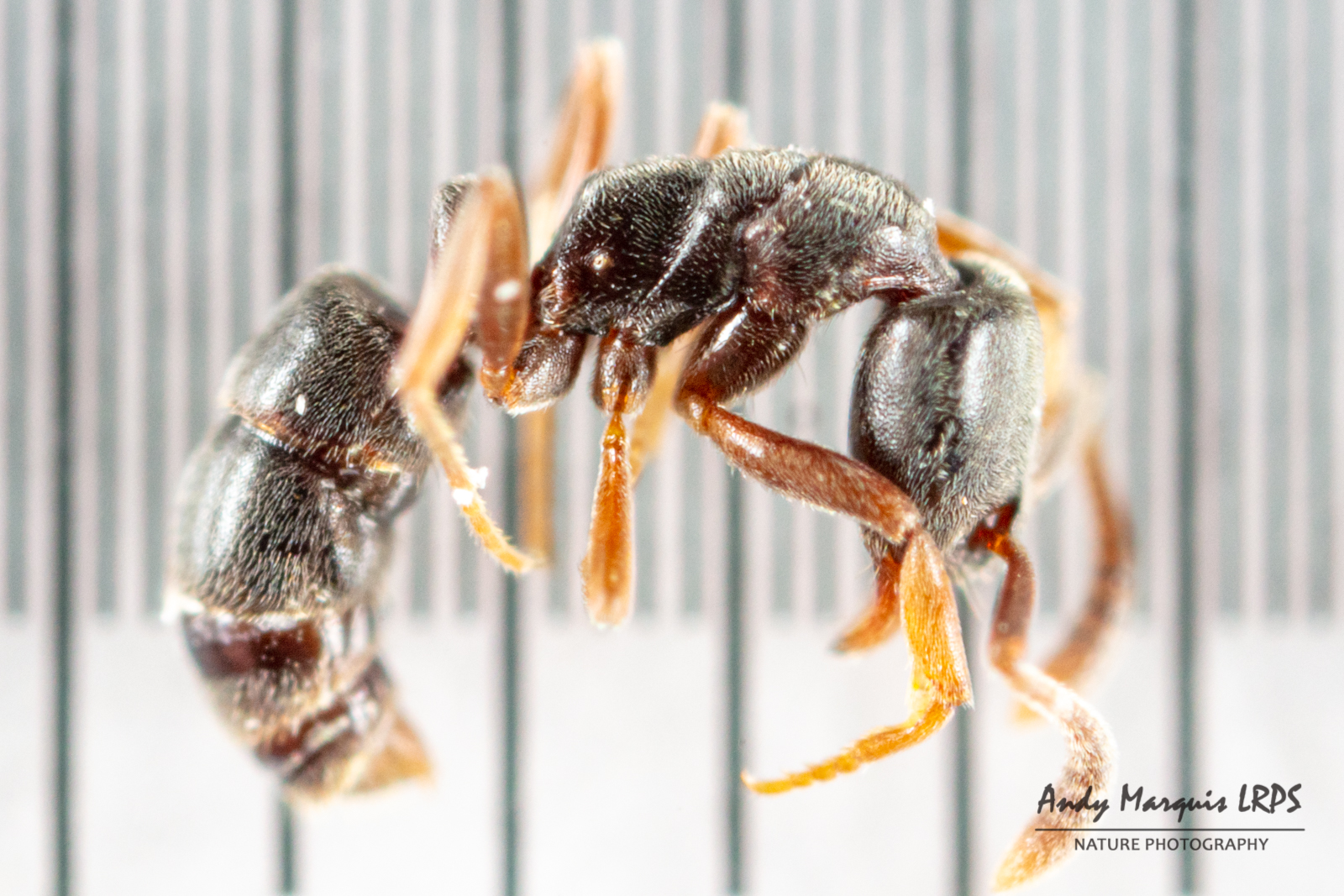Ants of Guernsey
Ants are something that we can all recognise, but did you know there are more than 10,000 species of ant worldwide?
At the time of wrting, the Guernsey list includes 28 species, two of which were added in the last few years. As with many insect species, there is significant continental influence in the species present in the island.
Ants probably offer one of the more challenging insect species to identify, some such as Formica pratensis which can be found in large stick nests on the Guernsey cliffs are probably the easiest to identify with certainty, they are also very rare and now extinct in the UK. The numbers in Guernsey are fairly stable over the last few years but their habitat continues to be at risk of the ever encrouching Sour Fig which is slowly swallowing native species and habitats as well as everything which relies upon it.
Some species require measurements and comparisons between the size or width of parts of their anatomy to split species so it gets quite complex. Luckily there is a network of really helpful myrmecologists who are more than willing to receive a few specimens to assist with identification.
Many people view ants as an annoyance at a picnic or barbecue but in reality they have an extremely complex society which is well worth a few minutes of your time to read about.
The current Guernsey list is as follows (subfamily in CAPS):
DOLICHODERINAE
- Linepithema humile
- Tapinoma erraticum
FORMICINAE
- Formica cunicularia
- Formica fusca
- Formica pratensis
- Lasius alienus
- Lasius emarginatus
- Lasius flavus
- Lasius fuliginosus
- Lasius niger
- Lasius psammophilus
- Lasius umbratus
- Plagiolepis pallescens
MYRMICINAE
- Aphaenogaster subterranea
- Monomorium pharaonis
- Myrmecina graminicola
- Myrmica ruginodis
- Myrmica sabuleti
- Myrmica scabrinodis
- Solenopsis fugax
- Stenamma westwoodii
- Stenamma debile
- Strumigenys perplexa
- Temnothorax albipennis
- Temnothorax unifasciatus
- Tetramorium caespitum
- Tetramorium impurum
PONERINAE
- Hypoponera eduardi
I have added some photographs below of species I have seen and managed to identify (with help more often than not!!), although these will not really help you identify anything you find as there are some similar species with often microscopic ID points however I have tried to show some key features. I would recommend a key if you want to work on identifying ants.
Many photographs include dead, mounted specimens. I collect a small number of specimens to ensure correct identification as this is often not possible without a specimen, no matter how good a photograph of a live ant might be.
Formica cunicularia
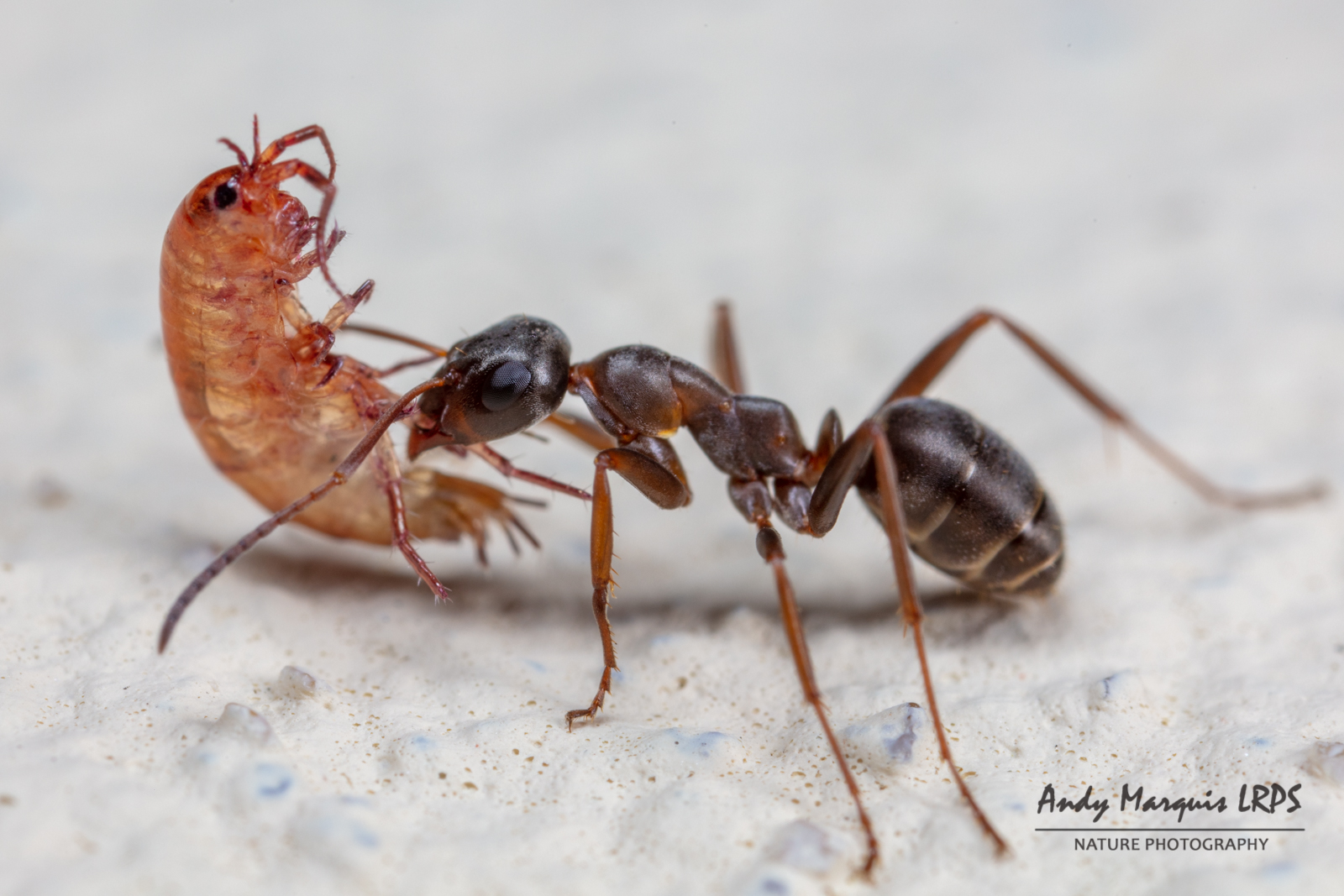

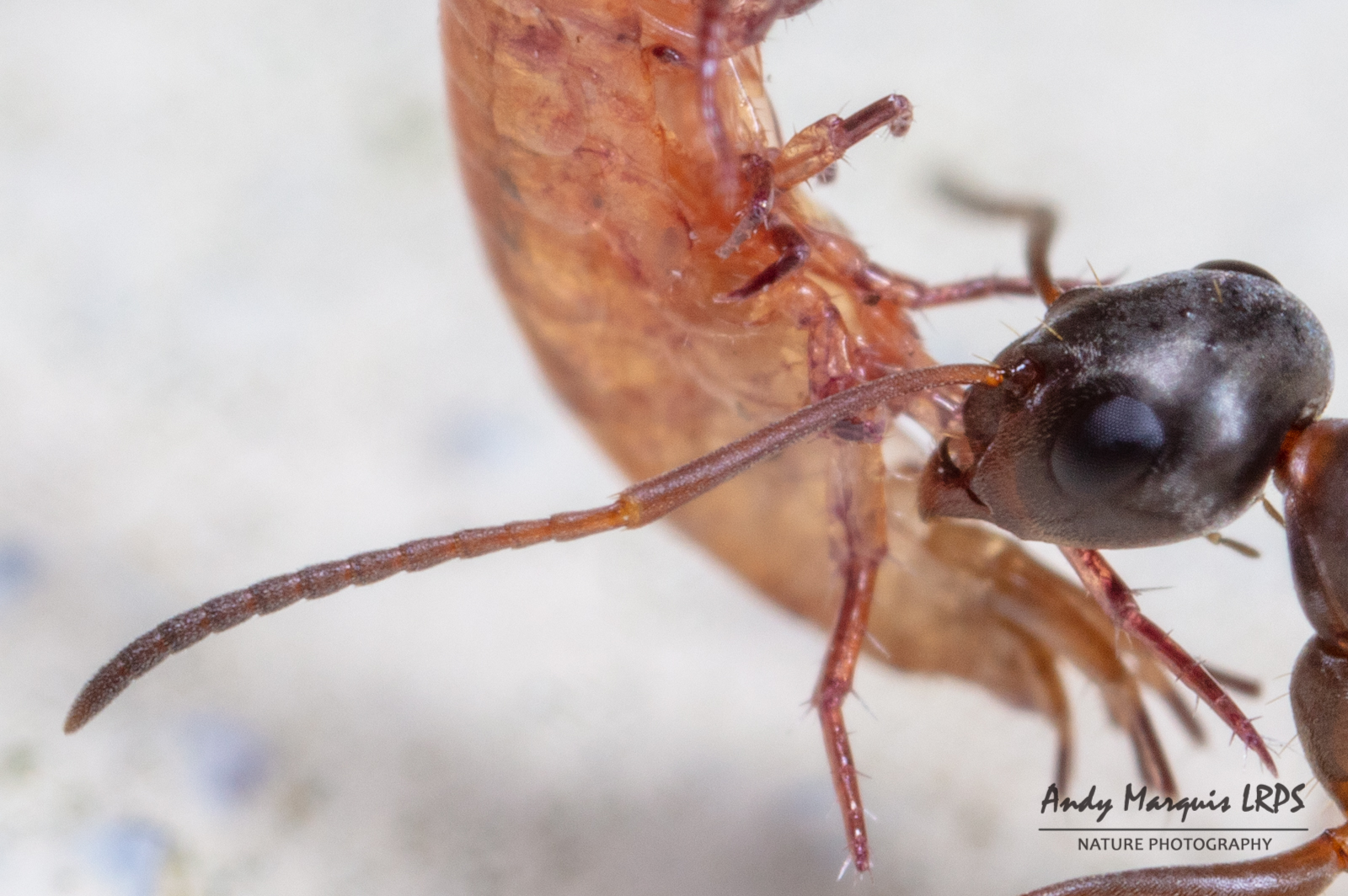
Formica Fusca

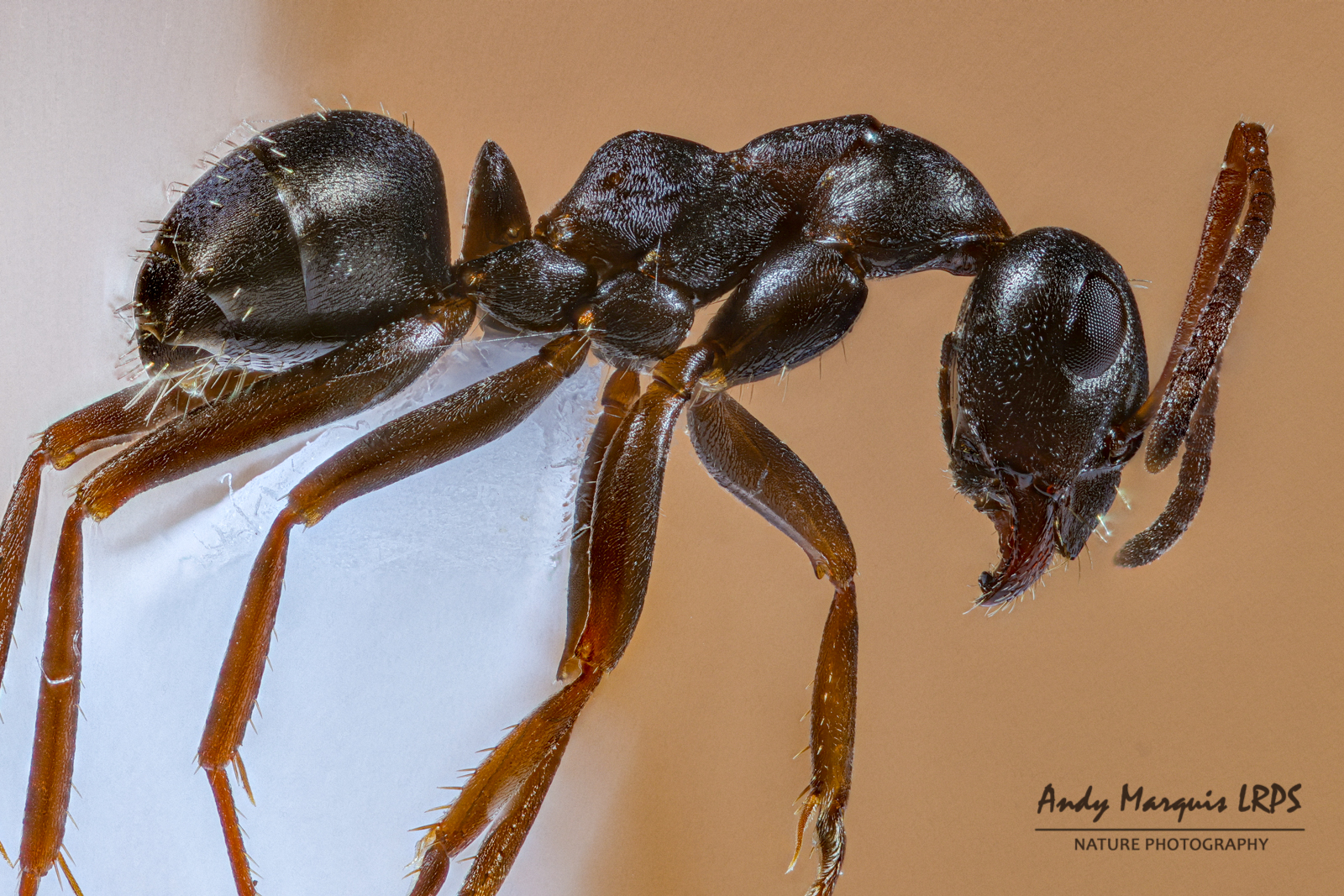

Formica pratensis
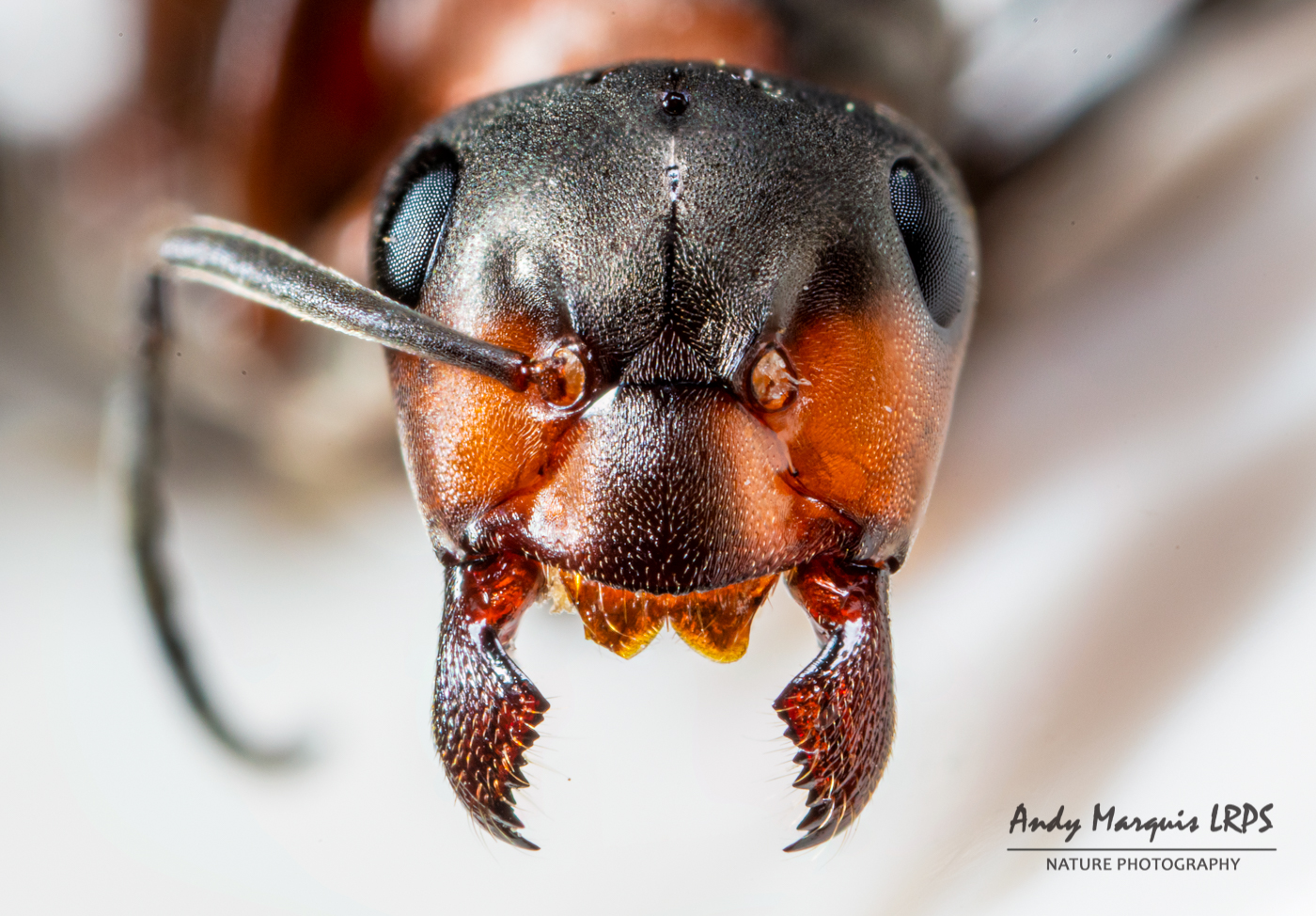
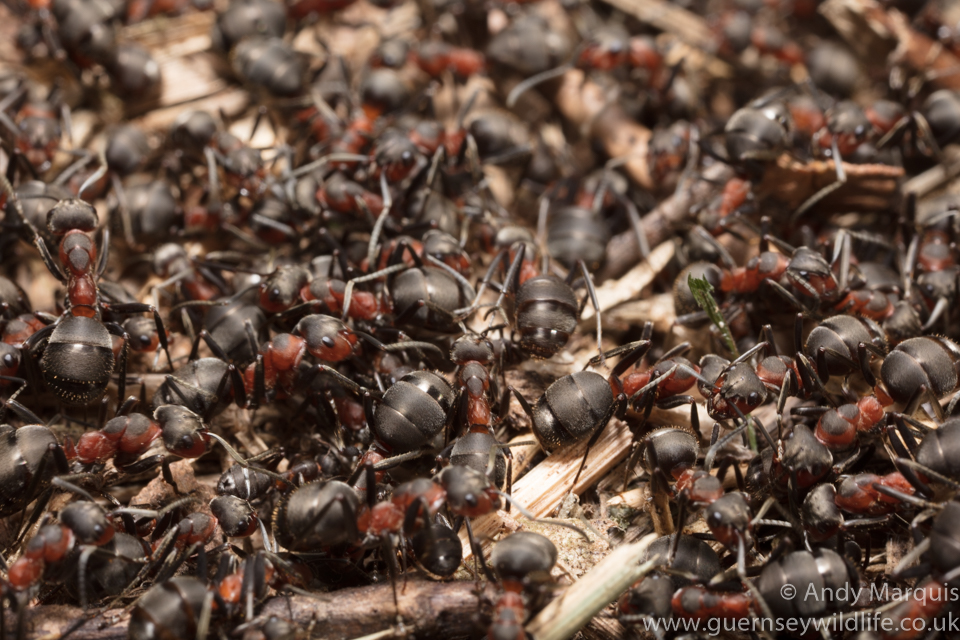
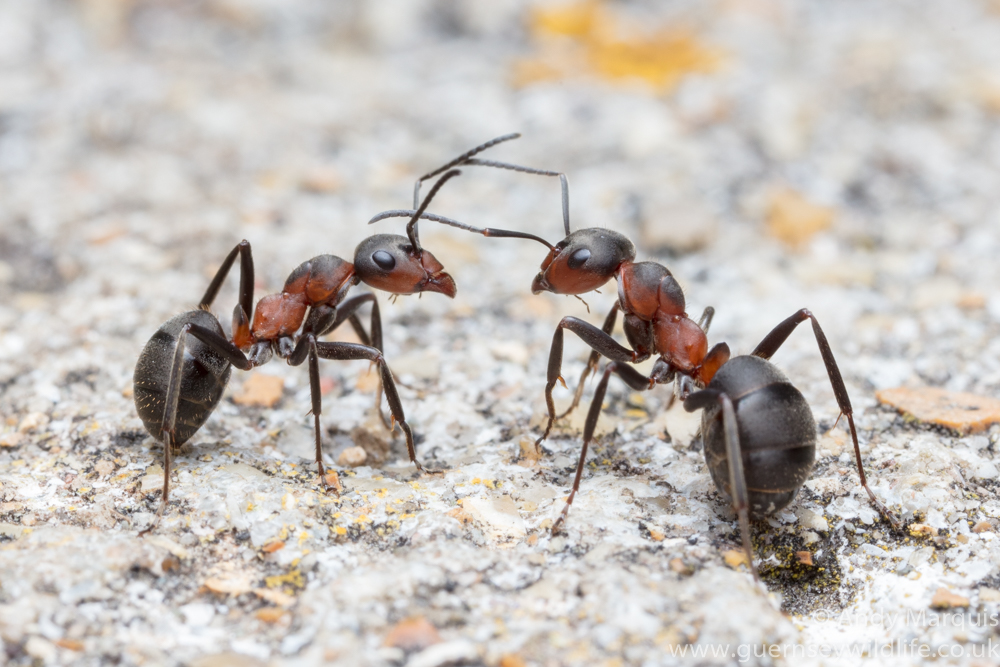
Lasius alienus/psammophilus (working on separating via imaging)

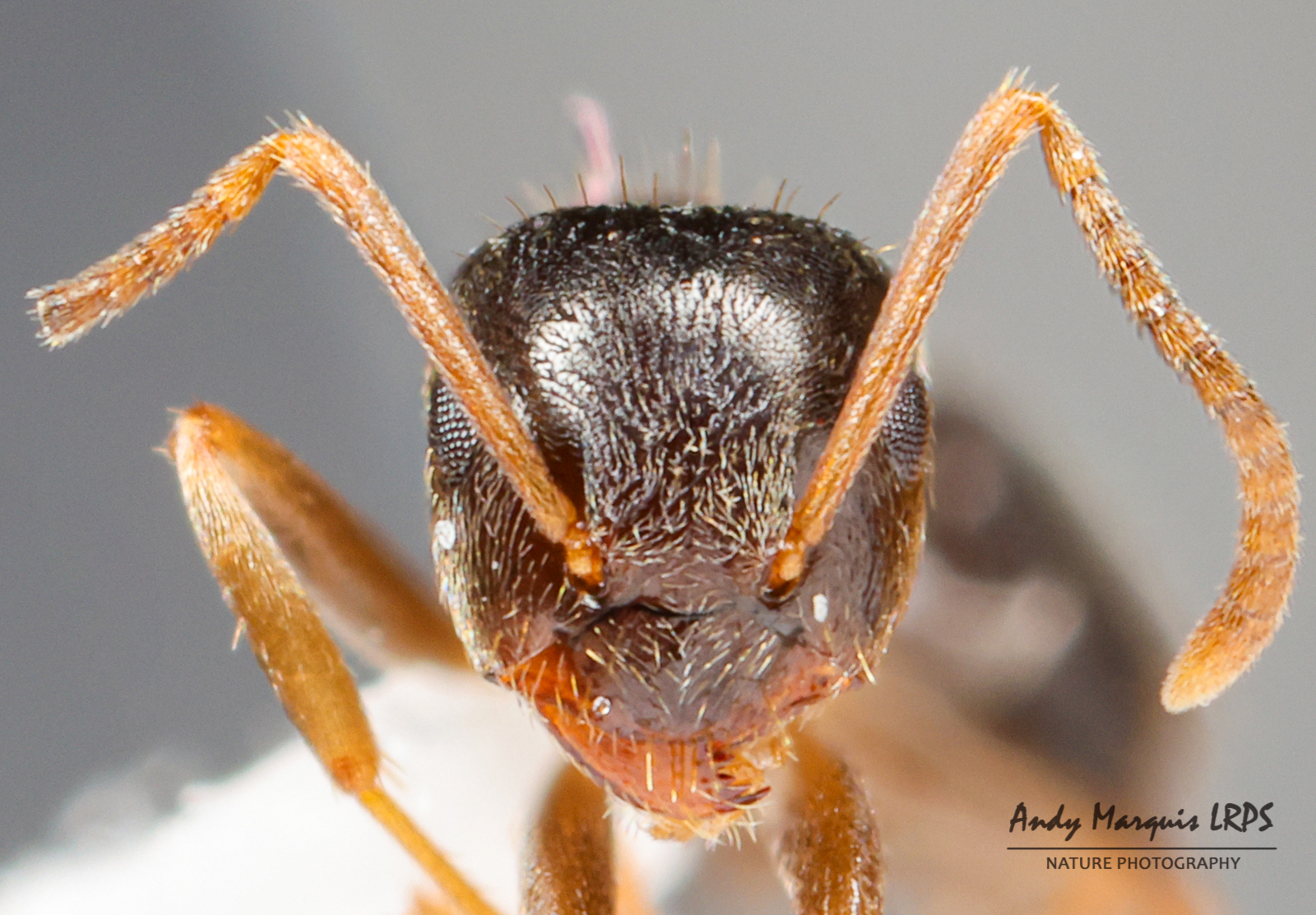
Lasius emarginatus
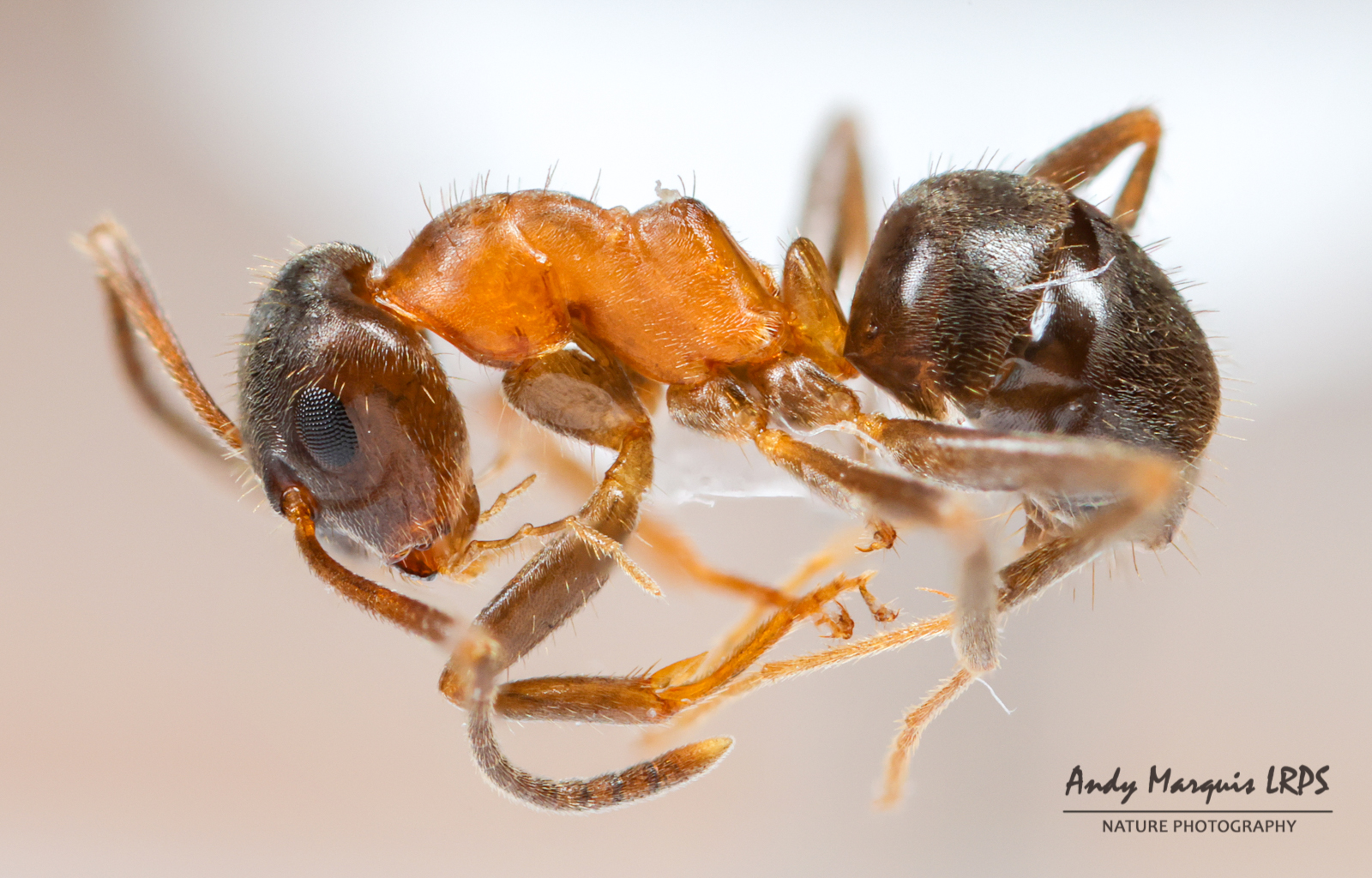
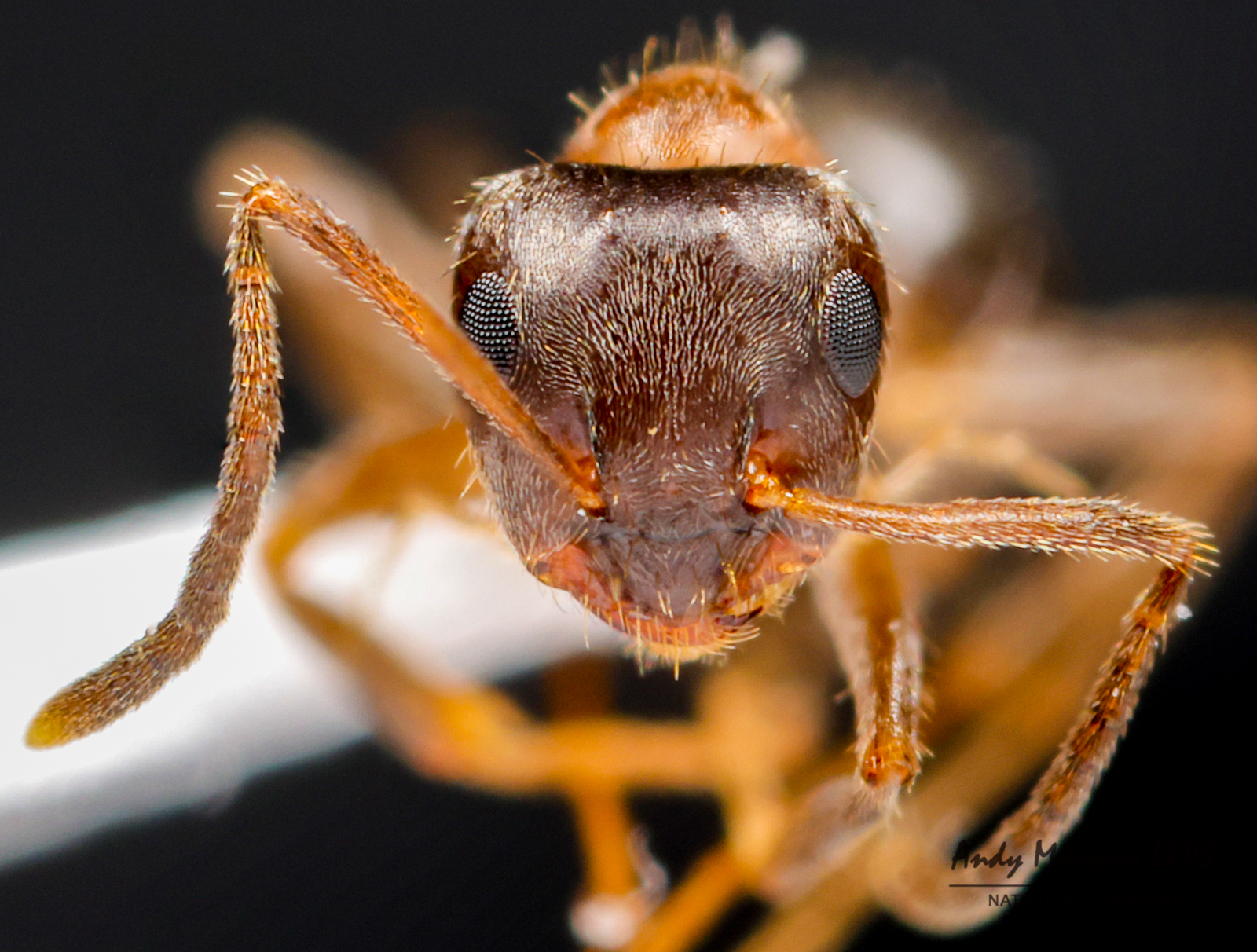
Lasius
flavus
Queen
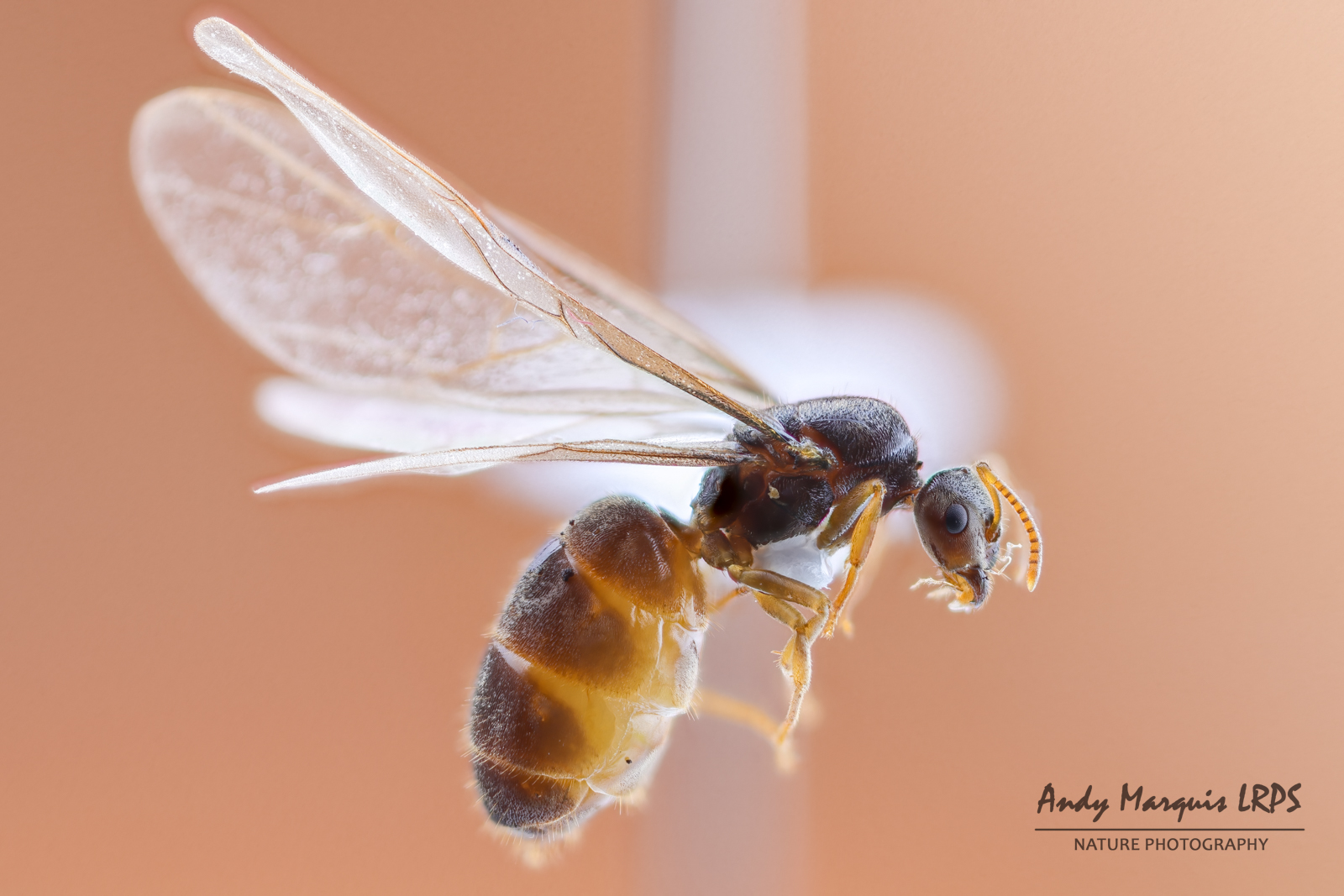
Male head
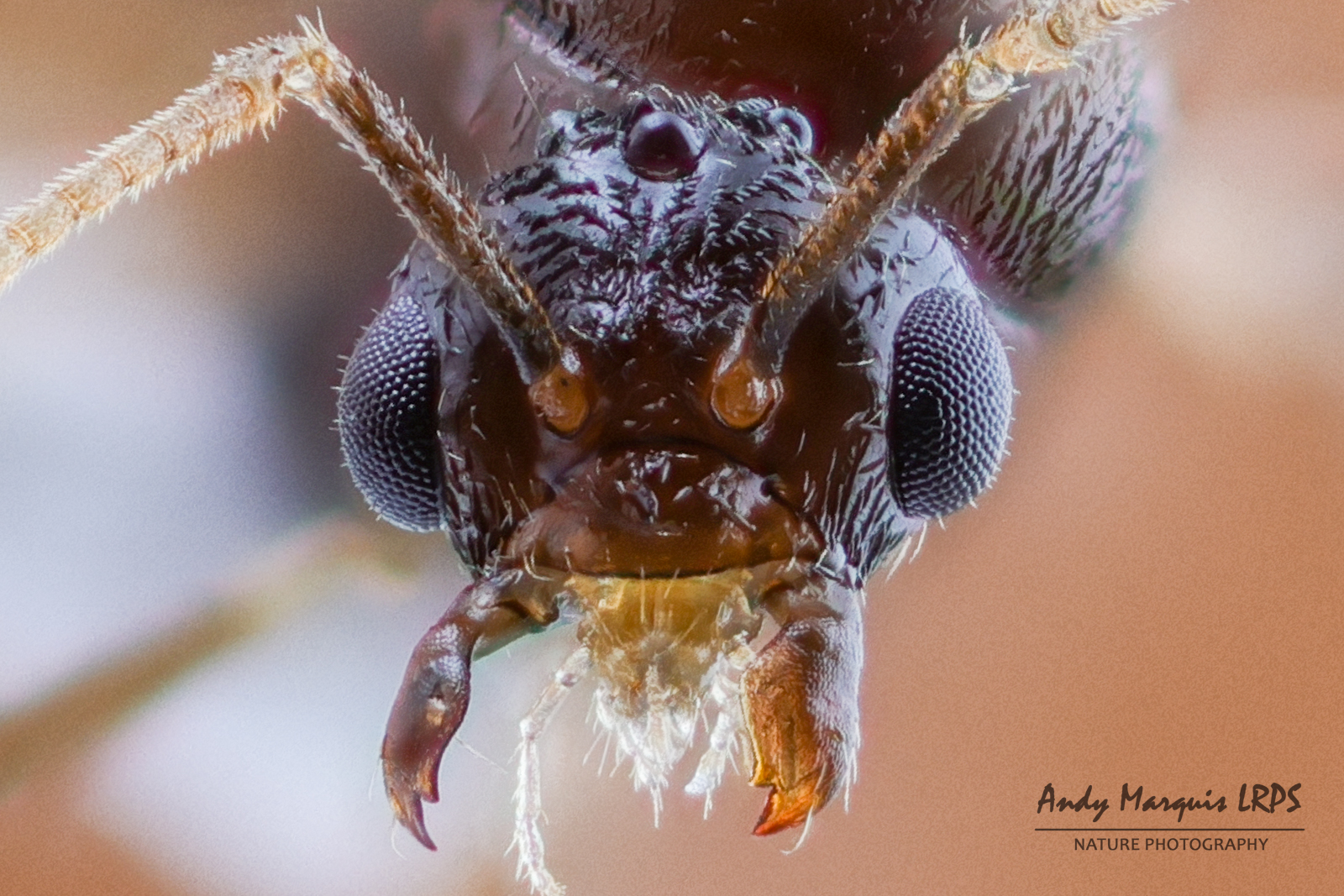
Worker
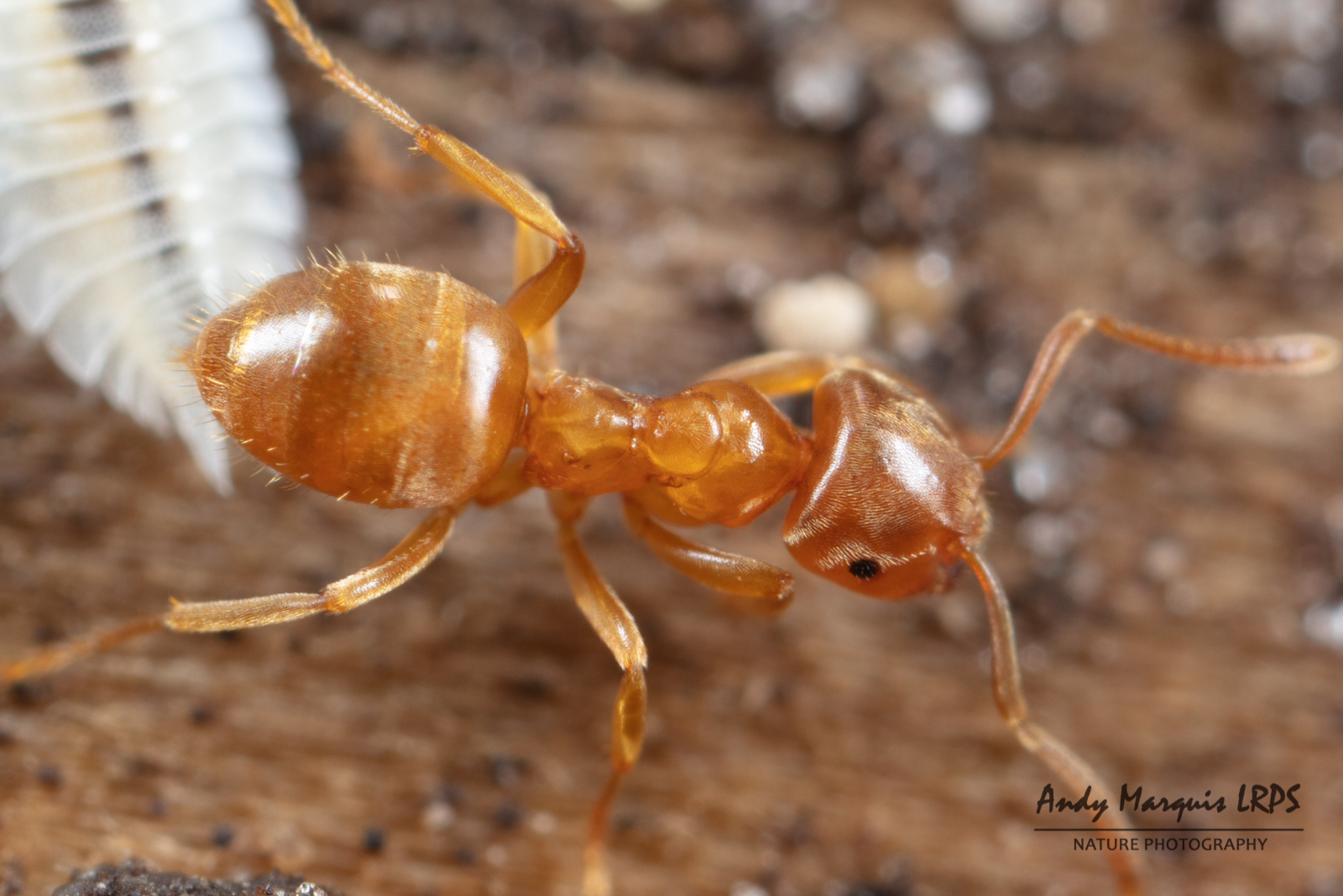
Lasius niger


Plagiolepis pallescens
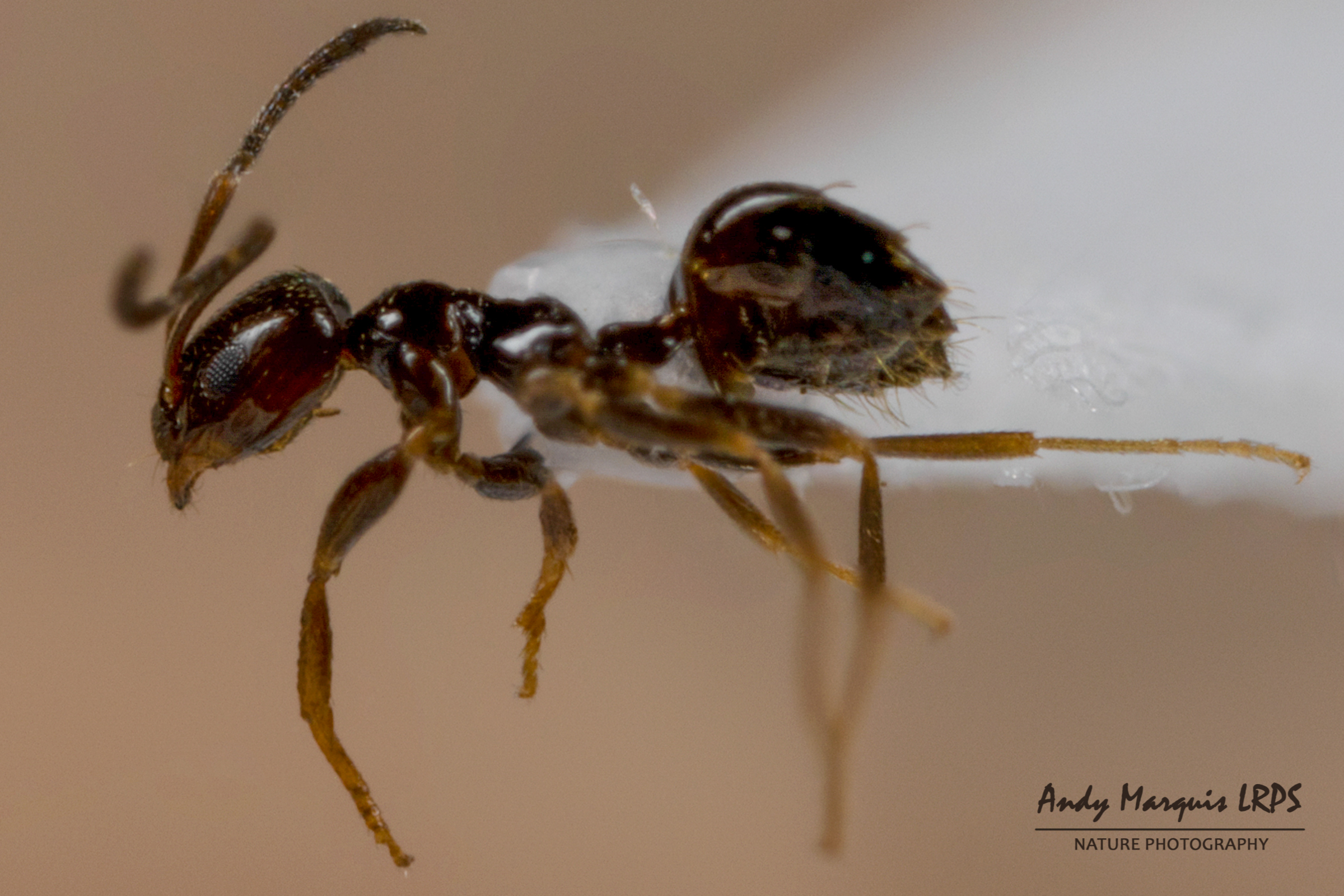
Myrmecina graminicola

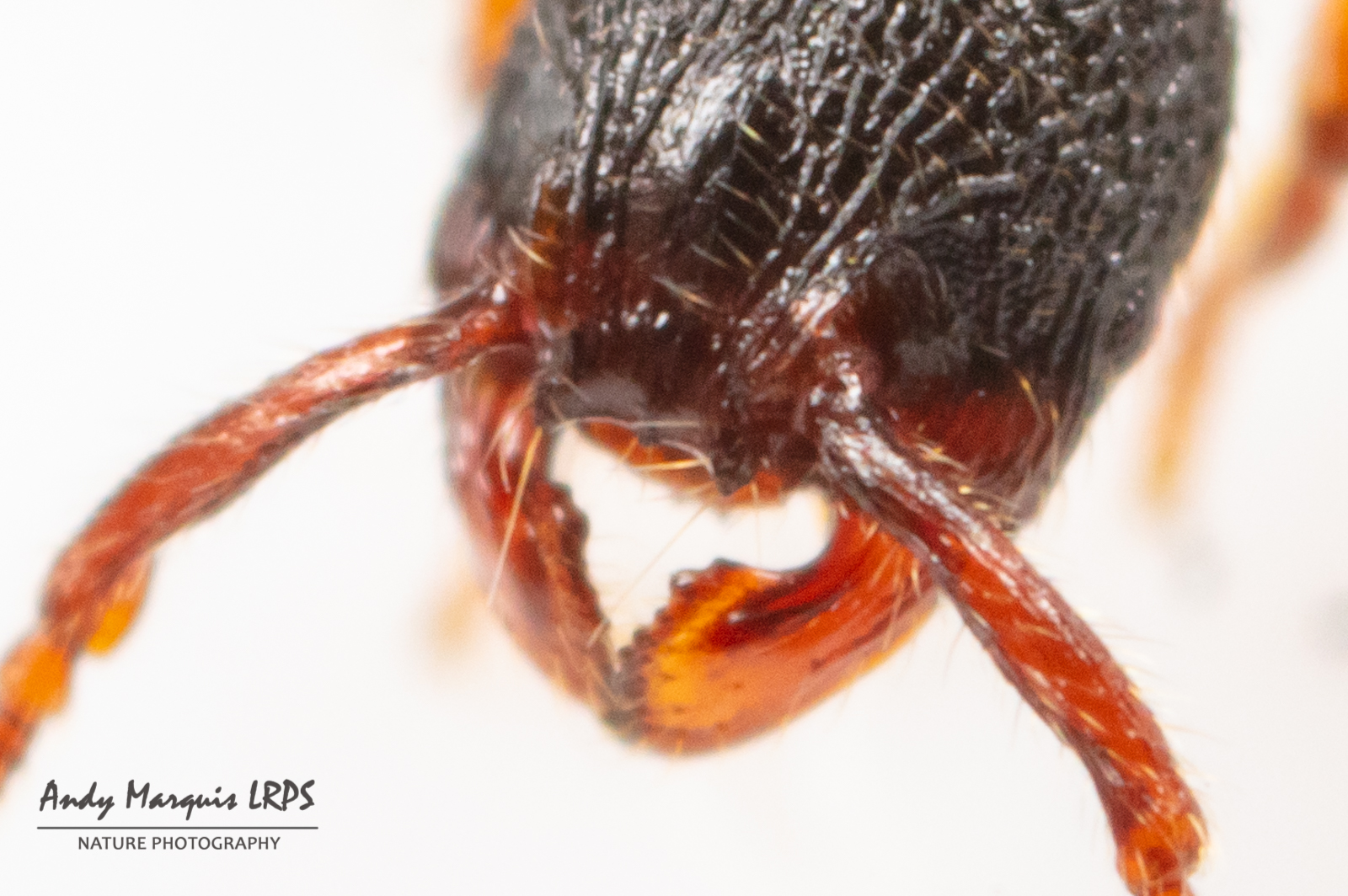
Myrmica sabuleti
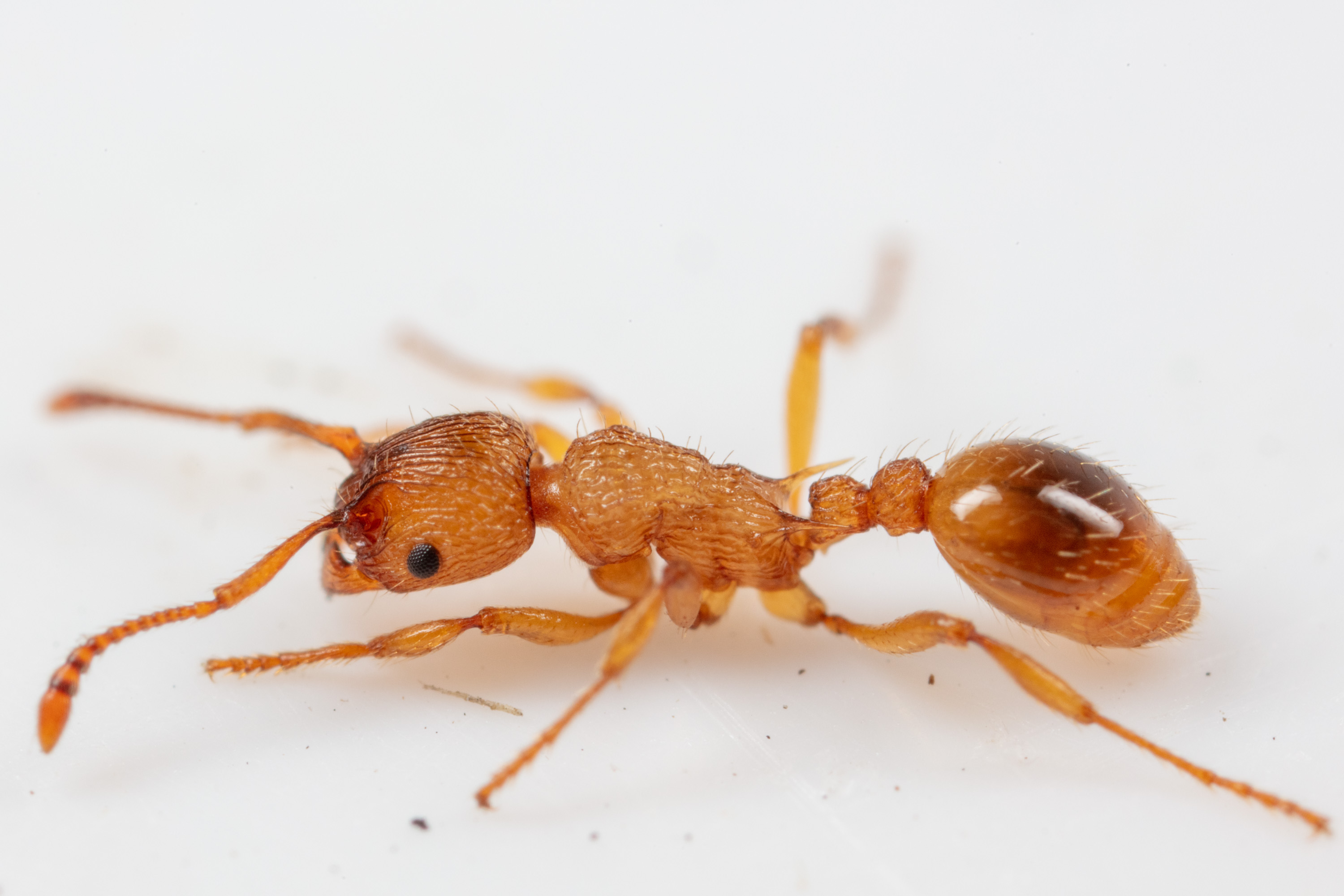
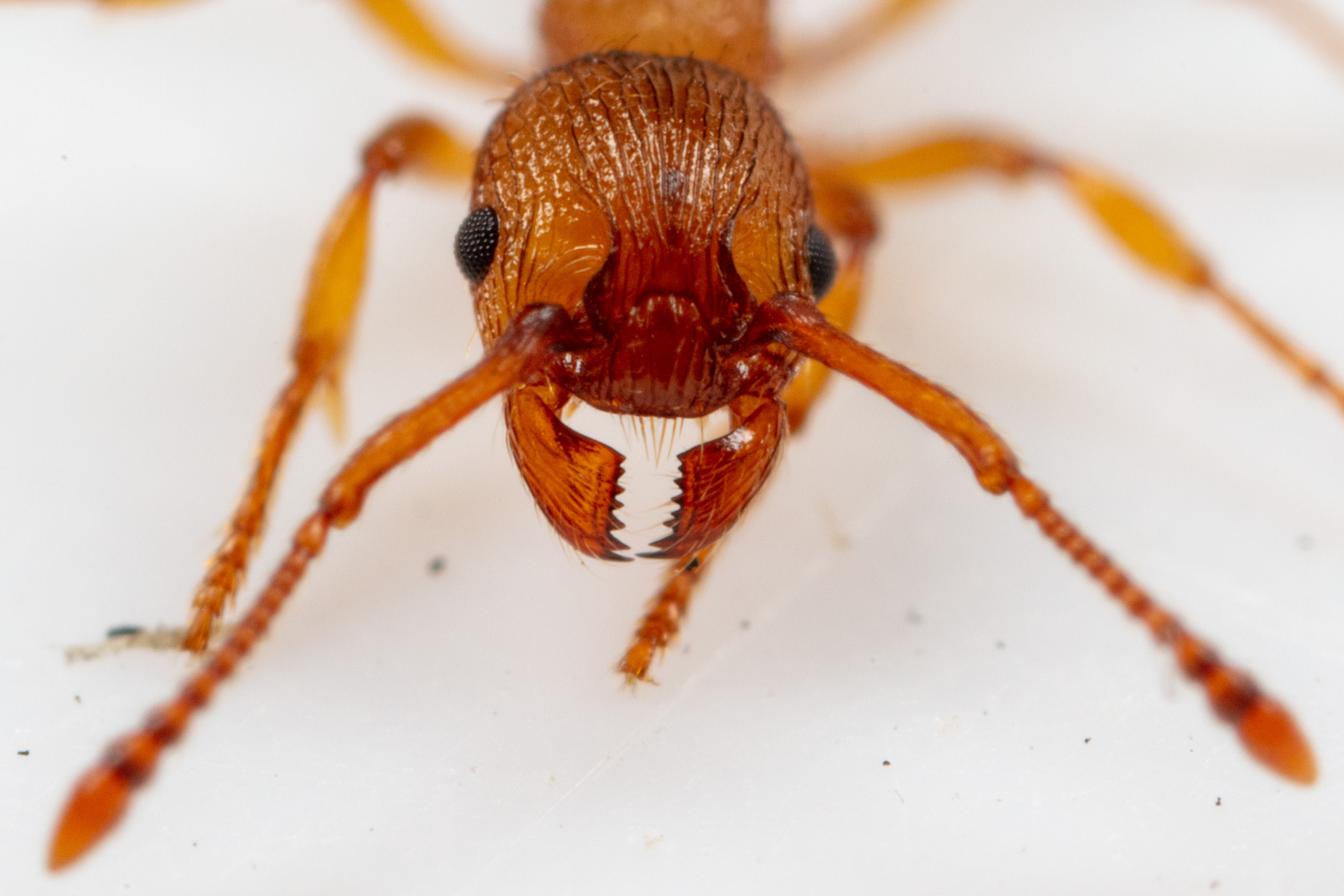
Myrmica scabrinodis

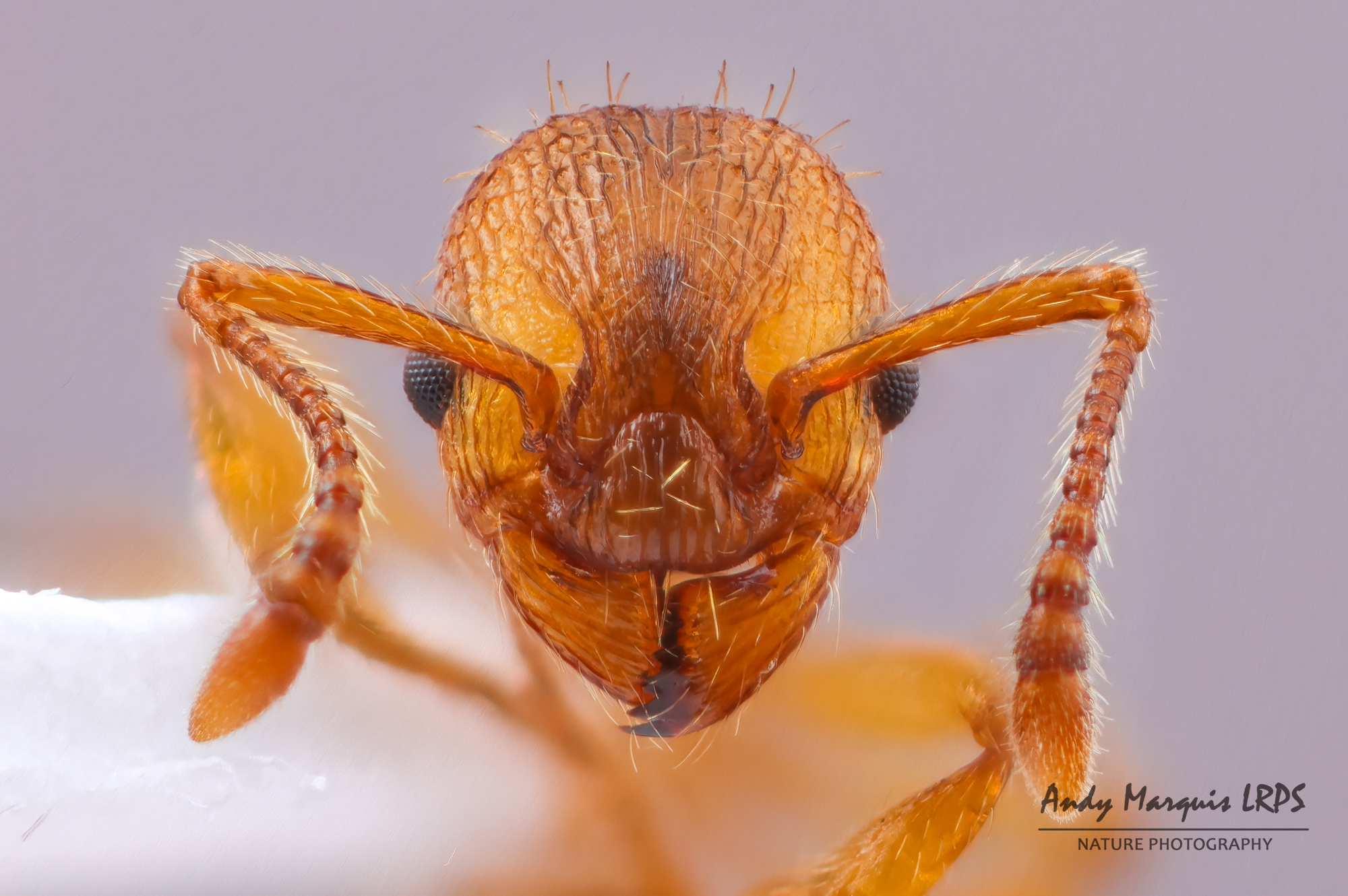
Solenopsis fugax
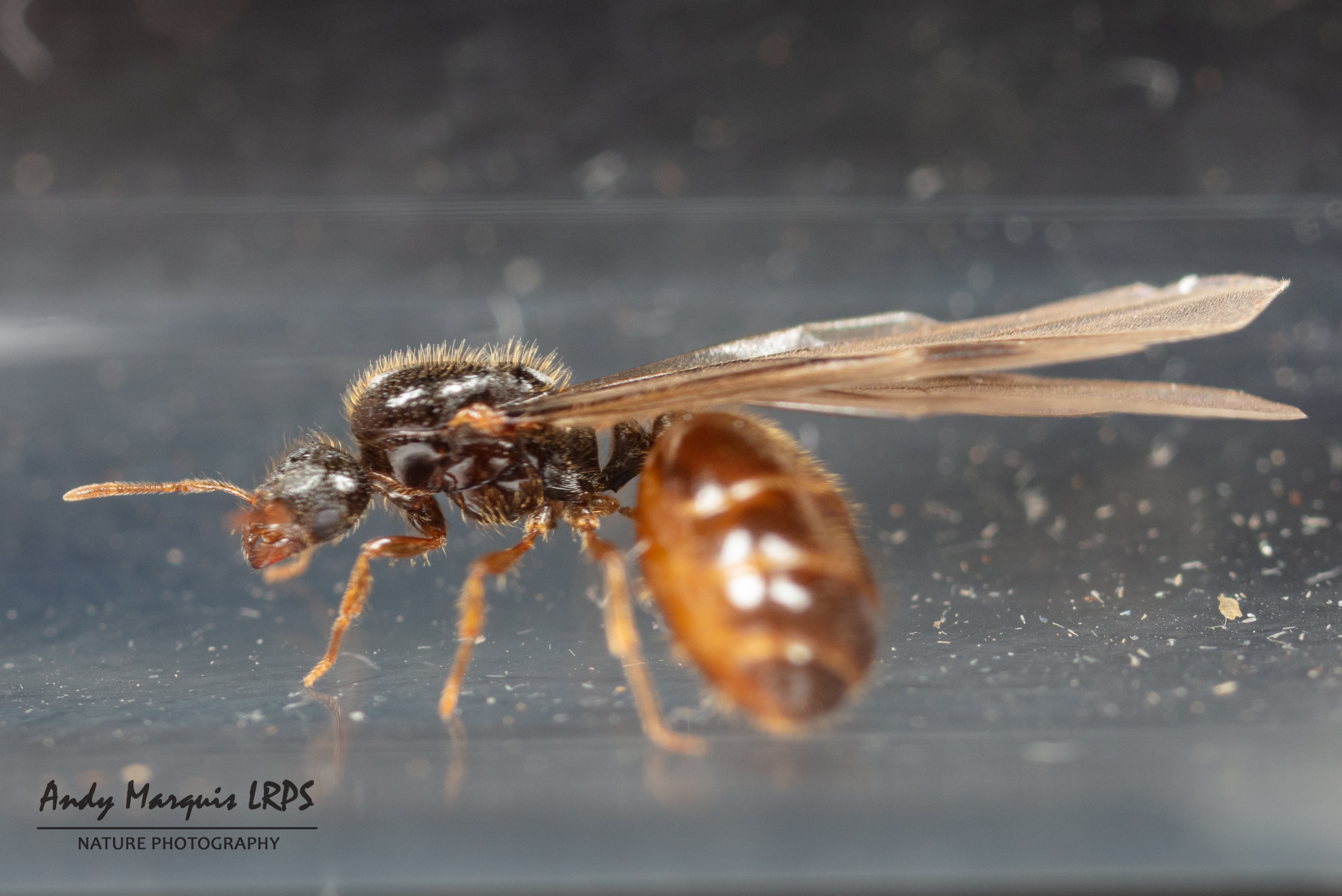
Stenamma debile
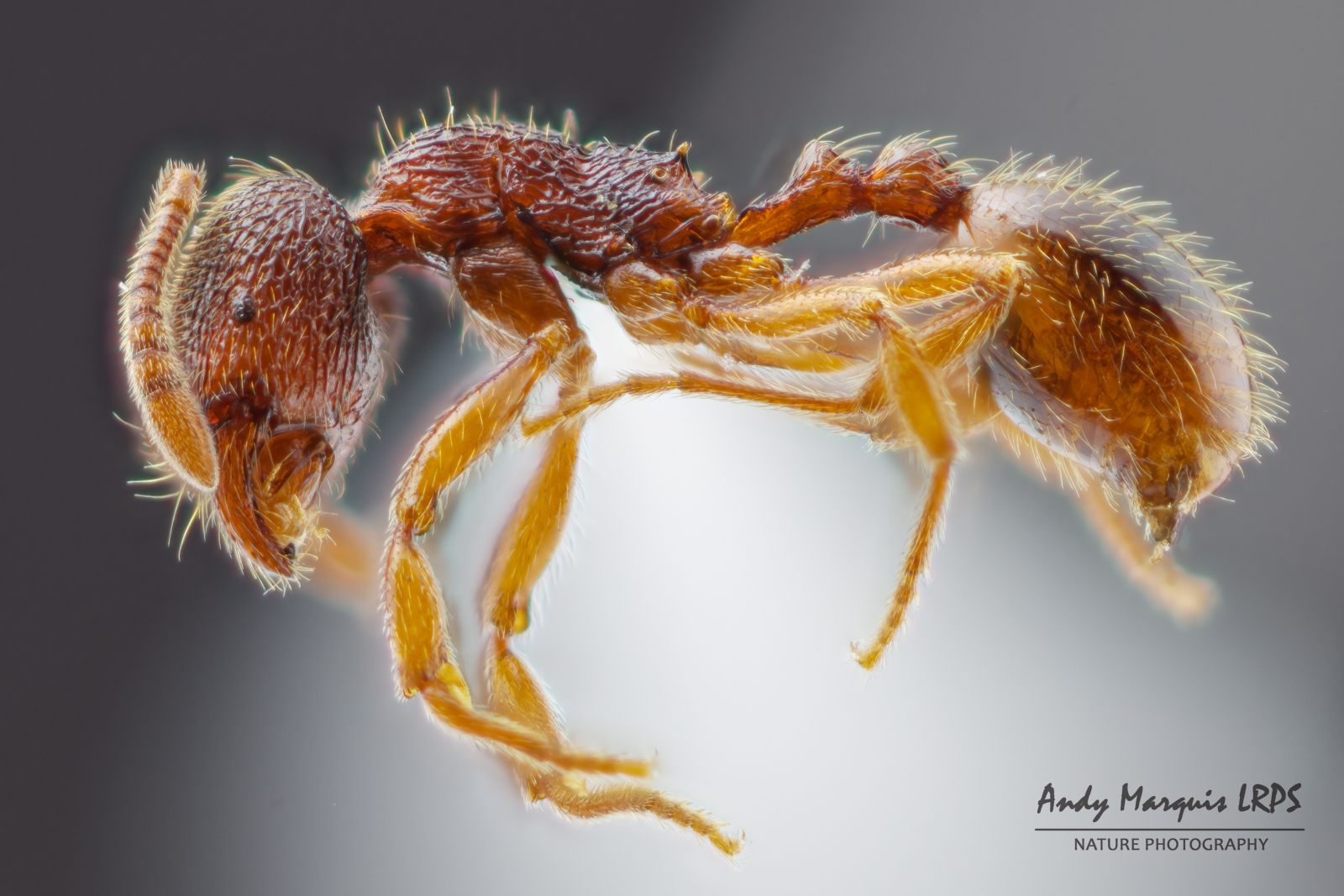
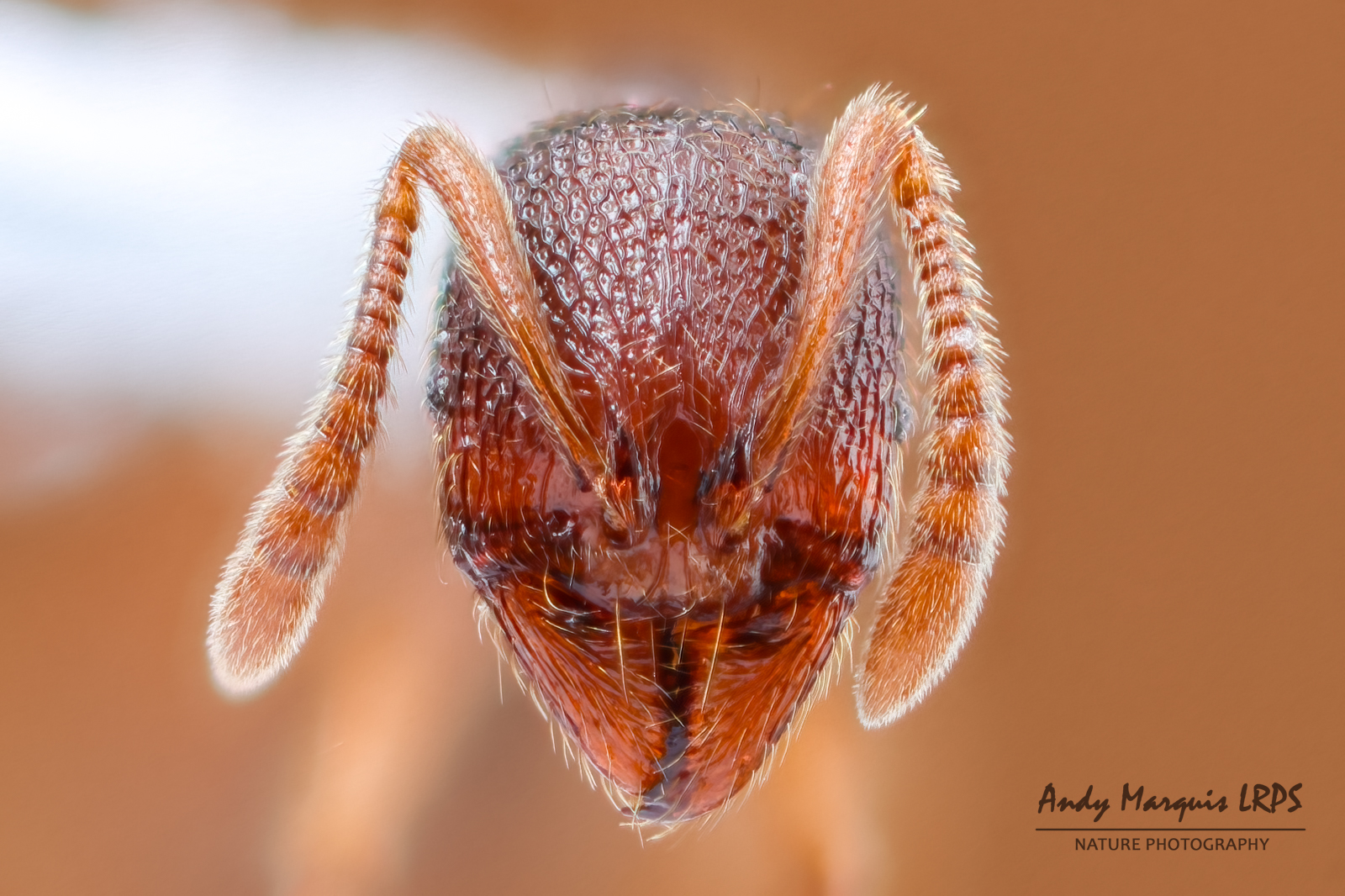

Strumigenys perplexa
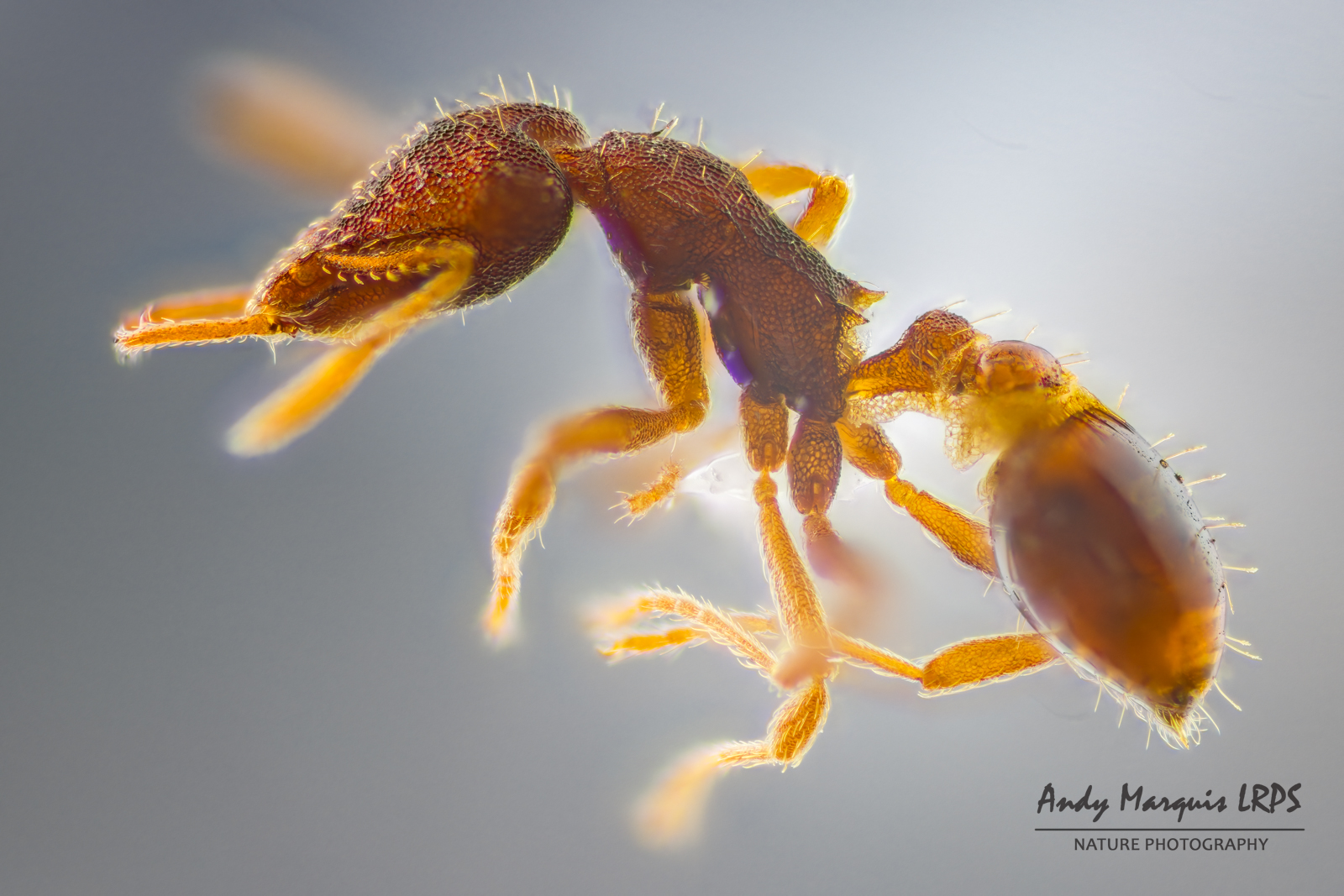
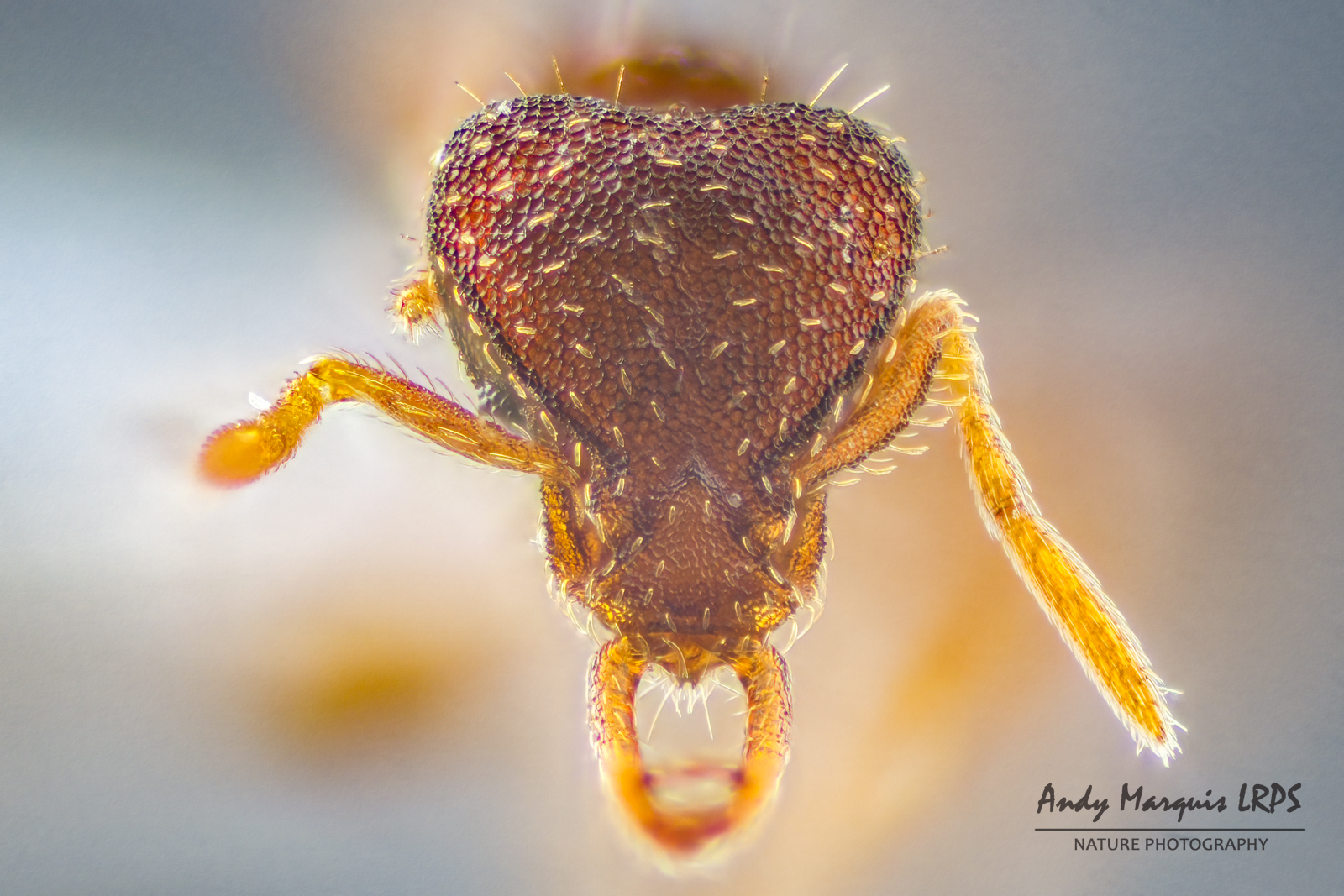
Temnathorax albipennis


Tetramorium caespitum
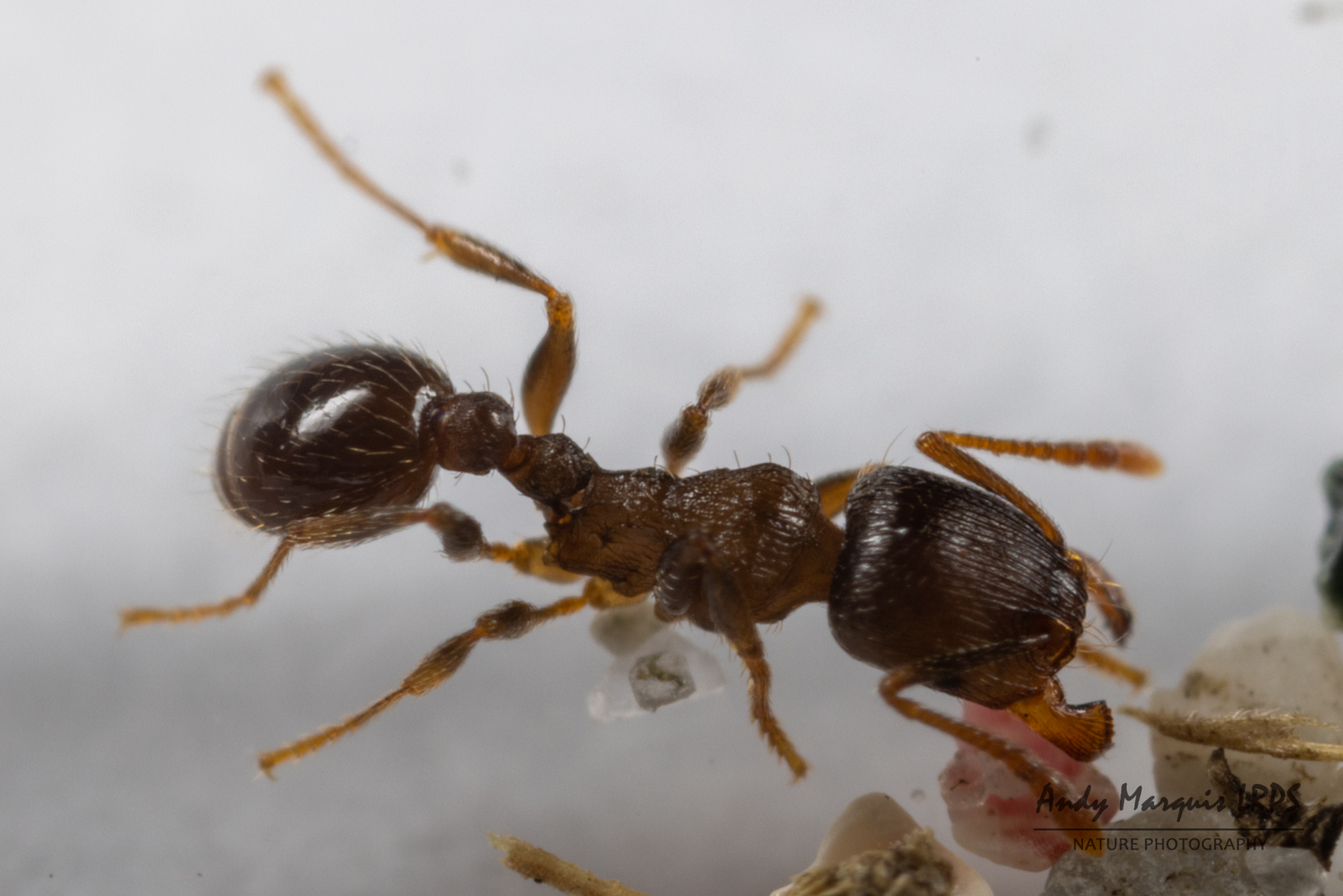
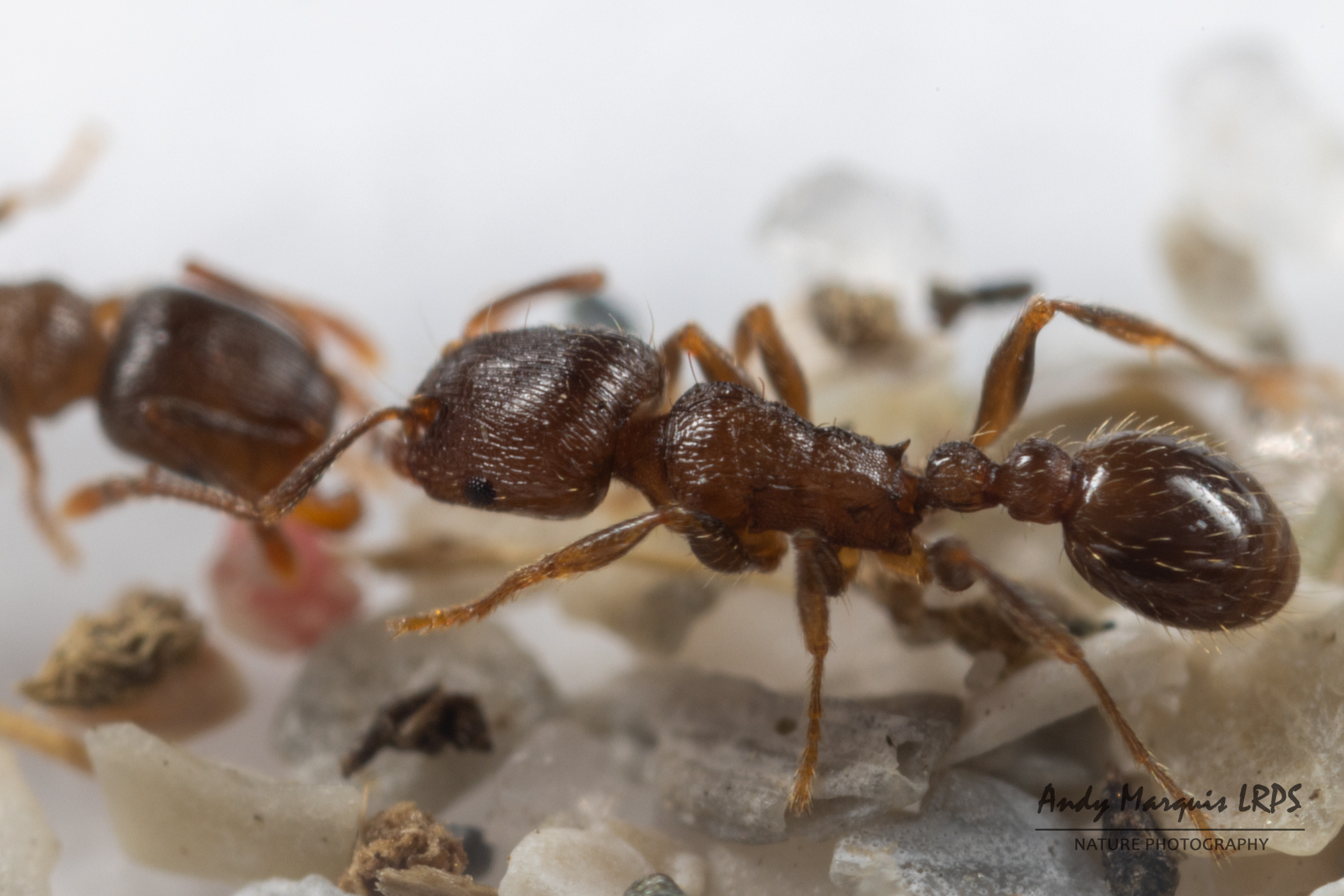
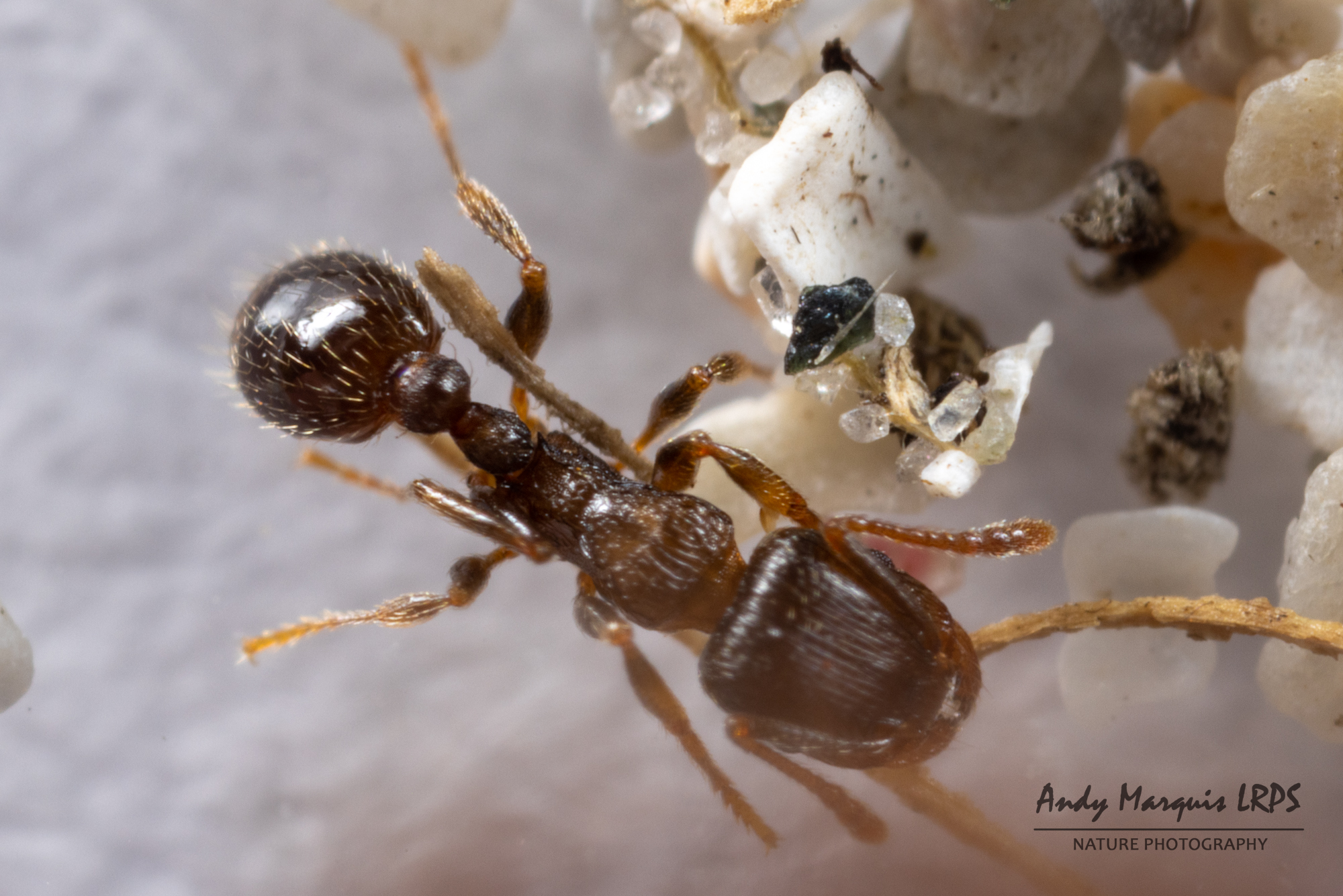
Hypoponera eduardi (identification via professional measurements)
